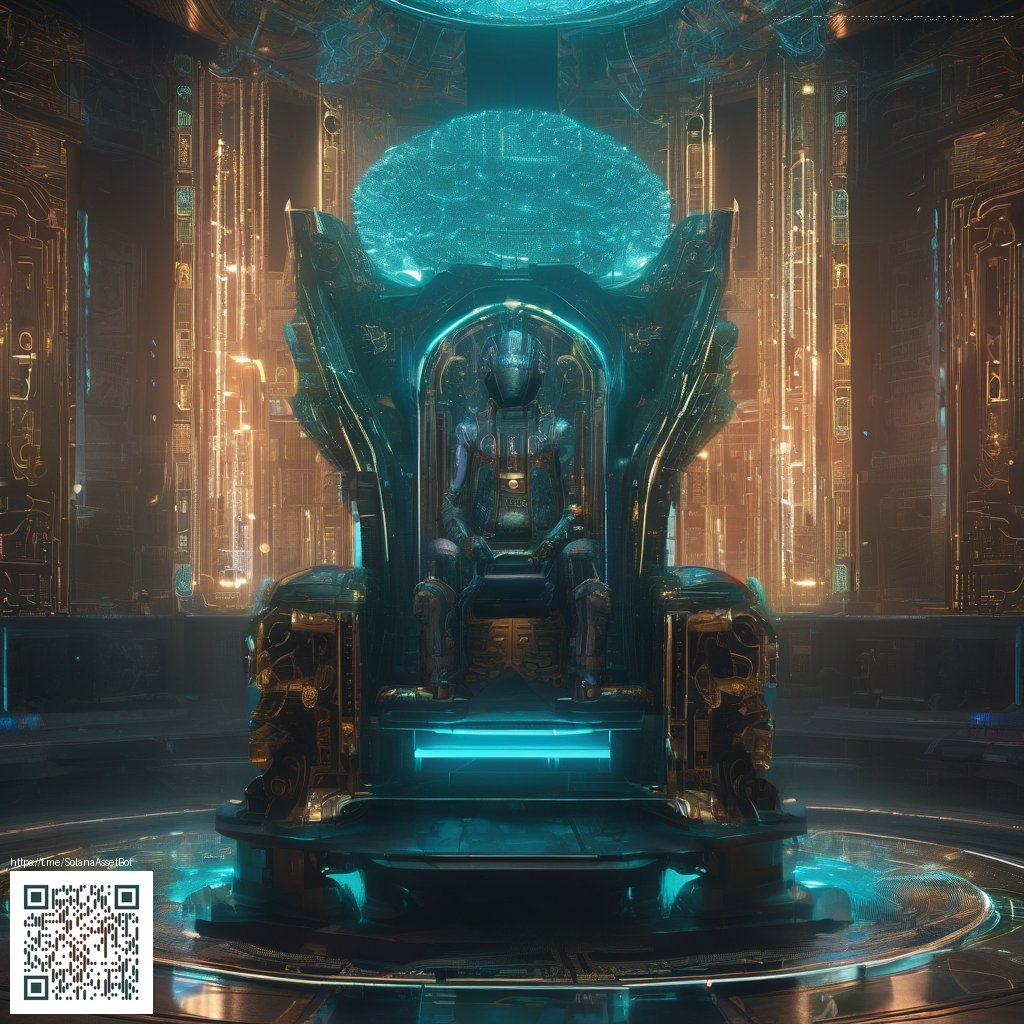
Paper Noise and Grain in Digital Art: Techniques and Aesthetics
In digital art, noise and grain can transform flat color fields into tactile surfaces. Paper noise mimics the tiny irregularities of traditional media, while intentional grain adds depth and character. This article explores how to master these effects with practical workflows, so your pieces feel tangible rather than synthetic.
Why paper texture matters
Textures anchor a digital image to real-world materials. Paper noise grabs the viewer's eye by providing micro-variations that catch light differently across regions. This subtlety can imply ink on linen, watercolor paper, or handmade stock. When used sparingly, grain acts like a memory of a process, hinting at film, print, or brushwork without overwhelming the composition.
Where grain comes from and how to simulate
Grain has multiple sources—sensor noise, compression, and scanning artifacts. In digital workflows, you can replicate this with procedural noise layers, grain overlays, or film emulation. The key is balance: too much grain obscures detail; too little feels sterile. Some artists layer a soft paper texture behind color blocks and then apply a fine grain pass on top for cohesion.
Practical techniques you can try
- Start with a base texture: overlay a light paper texture with blending modes like Multiply or Overlay, adjusting opacity until the surface feels tactile.
- Use grayscale noise as a separate layer, then mask it with the intensity of the image to keep highlights clean while midtones gain character.
- Experiment with film-grain presets at different scales. Grain should be subtle in small formats and more pronounced in large prints, mirroring real-world observation.
- In color work, grain can be color-tinted to harmonize with the palette, avoiding the muddy look that monochrome grain can sometimes produce.
- Consider edge behavior: grain tends to be more visible near edges where tonal shifts are abrupt; softening edges slightly can integrate grain more naturally.
Texture is a language. When you layer noise and paper grain deliberately, you invite the viewer to lean in and feel the surface beneath the screen.
For those who want to translate this digital texture into physical product aesthetics or merchandising, tangible finishes can inspire your approach. For example, a rugged, glossy finish on a protective device has a different tactile punch than a matte surface. If you’re curious about real-world finishes that echo digital grain and texture, you can explore the Rugged Phone Case with an impact-resistant glossy finish at the product page: https://shopify.digital-vault.xyz/products/rugged-phone-case-impact-resistant-glossy-finish. The analogy helps bridge the gap between pixel-based texture decisions and material design decisions you might encounter in product branding or packaging.
Another way to think about texture is to study where your work will live. On-screen grain interacts with display brightness and color profiles, while in print it interacts with stock, coating, and environmental lighting. When you design for both – digital viewing and physical reproduction – you’ll develop a process that yields consistent results. If you’re developing a series that emphasizes surface tactility, consider creating a catalog or online gallery that highlights close-ups of grain patterns, so viewers can appreciate the subtleties even at small sizes. The broader project hub at https://1-vault.zero-static.xyz/index.html offers inspiration and potential avenues for presenting textured digital work.
Putting it all together
Mastery comes from practice and thoughtful experimentation. Start with a simple texture pass, then iteratively add depth with layering, masking, and selective diffusion. Keep notes on density, scale, and color interactions so you can reproduce the effect consistently across works. As you refine your technique, you’ll find that paper noise and grain become not just visual flourishes but essential tools that elevate storytelling in digital art.
Similar Content
Page reference: https://1-vault.zero-static.xyz/index.html